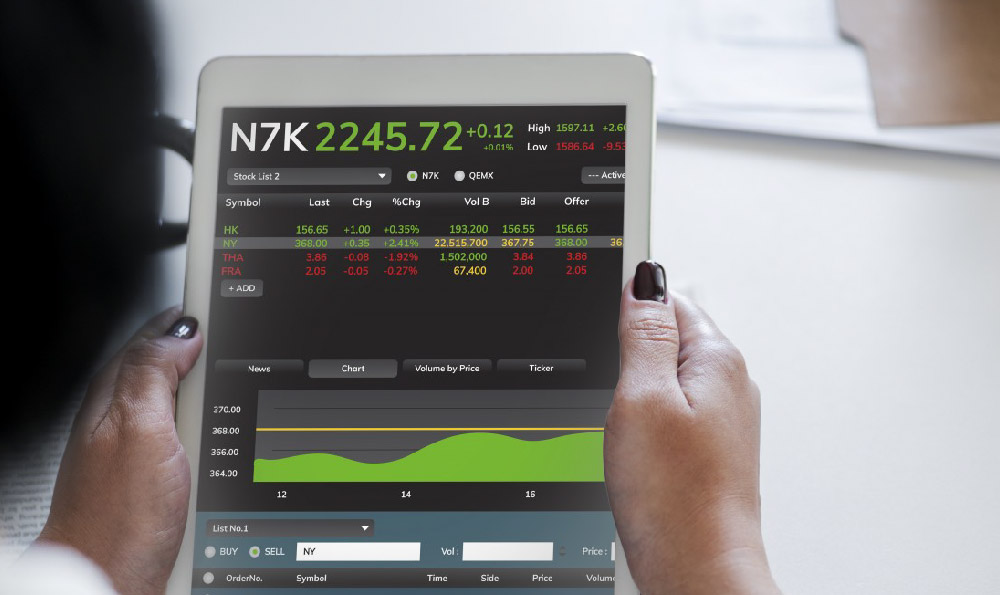The financial impact of Game of Thrones (GoT) extended far beyond the screen, generating substantial revenue streams and impressive profit margins for HBO (now Warner Bros. Discovery). Estimating the precise figures is challenging, as HBO, a privately held entity for much of GoT's run, doesn't publicly disclose granular data. However, we can piece together a compelling picture from various sources and expert analysis.
Direct revenue from the show itself came primarily from four sources: subscription fees, licensing deals, DVD/Blu-ray sales, and international distribution. HBO's core business model revolves around subscriptions, and Game of Thrones played a pivotal role in attracting and retaining subscribers. The show consistently broke viewership records, driving a significant influx of new subscribers eager to catch the latest episodes. Even existing subscribers were incentivized to maintain their subscriptions, fearing spoilers and wanting to participate in the cultural phenomenon. While pinpointing the exact number directly attributable to GoT is impossible, analysts estimate it contributed hundreds of millions of dollars annually in subscription revenue, especially during its later seasons. This 'stickiness' of subscribers was incredibly valuable to HBO, as it provided a stable and predictable revenue stream.
Licensing deals provided another lucrative avenue. Game of Thrones merchandise, ranging from figurines and clothing to board games and beverages, flooded the market. These licensing agreements generated royalties for HBO based on the sales of these products. The scale of these merchandising efforts was enormous, capitalizing on the show's immense popularity and brand recognition. Revenue from licensing likely reached tens of millions of dollars per season, contributing significantly to the overall financial success. The breadth of merchandise also allowed HBO to cater to diverse audiences, from casual viewers to hardcore fans, further maximizing revenue potential.

DVD and Blu-ray sales, although declining in recent years, were a substantial revenue source, particularly in the early seasons. Fans who wanted to own the series and re-watch episodes at their leisure purchased these physical copies. The complete box sets, especially the limited editions, commanded premium prices and further boosted revenue. While digital downloads and streaming have become more prevalent, physical media sales still contributed a noticeable amount to the overall revenue stream.
International distribution played a crucial role in expanding GoT's reach and revenue. HBO licensed the show to broadcasters and streaming platforms in numerous countries, generating significant revenue from these distribution agreements. The global appeal of Game of Thrones transcended cultural boundaries, making it a valuable asset in international markets. This international success amplified the show's overall financial impact and solidified its position as a global phenomenon. The simultaneous release of episodes in different time zones also combatted piracy and maximized revenue potential.
Estimating the profit margin for Game of Thrones requires examining the show's production costs. Each season's budget increased significantly as the series progressed, culminating in reported costs of approximately $15 million per episode for the final season. These high production values, evident in the elaborate sets, costumes, visual effects, and cast salaries, were essential to maintaining the show's quality and appeal. While the initial seasons had lower budgets, the later seasons represented a substantial investment for HBO.
Despite the high production costs, the profit margin for Game of Thrones was exceptionally high, especially during the later seasons. Given the immense revenue generated from subscription fees, licensing deals, and international distribution, the show likely generated profits in the hundreds of millions of dollars each season. While exact figures remain undisclosed, analysts widely agree that Game of Thrones was one of the most profitable television series in history. The scale and scope of its cultural impact translated directly into significant financial gains for HBO.
Beyond direct revenue and profit, Game of Thrones also generated substantial indirect benefits for HBO and its parent company. The show enhanced HBO's brand image, attracting top talent and solidifying its reputation as a producer of high-quality, prestige television. This enhanced brand image, in turn, contributed to attracting new subscribers and retaining existing ones, further boosting revenue across HBO's entire programming lineup.
Moreover, Game of Thrones paved the way for spin-offs and prequels, expanding the franchise and creating new revenue streams. The success of "House of the Dragon," the first spin-off series, demonstrates the enduring appeal of the Game of Thrones universe and its potential for continued financial success. These spin-offs not only generate their own revenue but also reinforce the value of the original series, creating a virtuous cycle of financial growth.
Finally, the show's economic impact extended beyond HBO and its parent company. Tourism in Northern Ireland, Croatia, and other filming locations surged, boosting local economies and creating jobs. Game of Thrones also inspired countless articles, books, and academic studies, contributing to the cultural landscape and generating intellectual discourse.
In conclusion, while the precise revenue and profit margin figures for Game of Thrones remain closely guarded secrets, the available evidence strongly suggests that the show generated billions of dollars in revenue and achieved an exceptionally high profit margin. Its impact extended far beyond the screen, transforming HBO into a global entertainment powerhouse and leaving an indelible mark on the television landscape. The blend of compelling storytelling, high production values, and shrewd business decisions made Game of Thrones a financial and cultural phenomenon.












